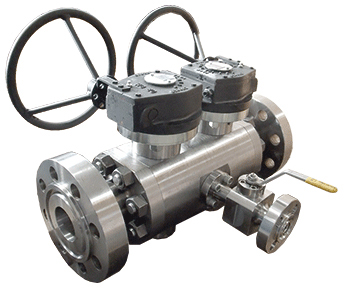24/7 Phone Services
24/7 Phone Services
Visit Our Place
A type of Cover used in safeguard sensitive equipment and machinery from environmental factors such as dust, moisture, and debris, which can compromise performance and longevity.
Industrial Covers are often custom-designed to fit the specific dimensions and requirements of the equipment they are intended to protect, ensuring a secure and snug fit.
Covers can prevent accidental damage or contamination during storage, transportation, or operation, reducing the risk of injuries and accident
The typical Engineering industry covers are protective solutions utilized across various sectors to safeguard equipment, machinery, and components from environmental factors, contaminants, and mechanical damage.

Besides being compact and using up less space,Cover offer the following advantages:
A few disadvantages of Cover are: